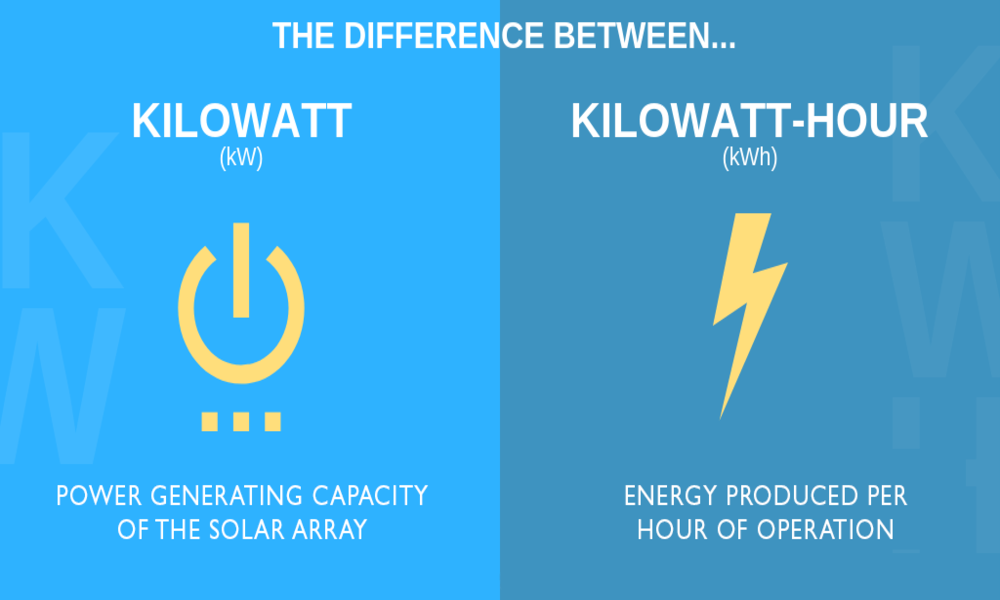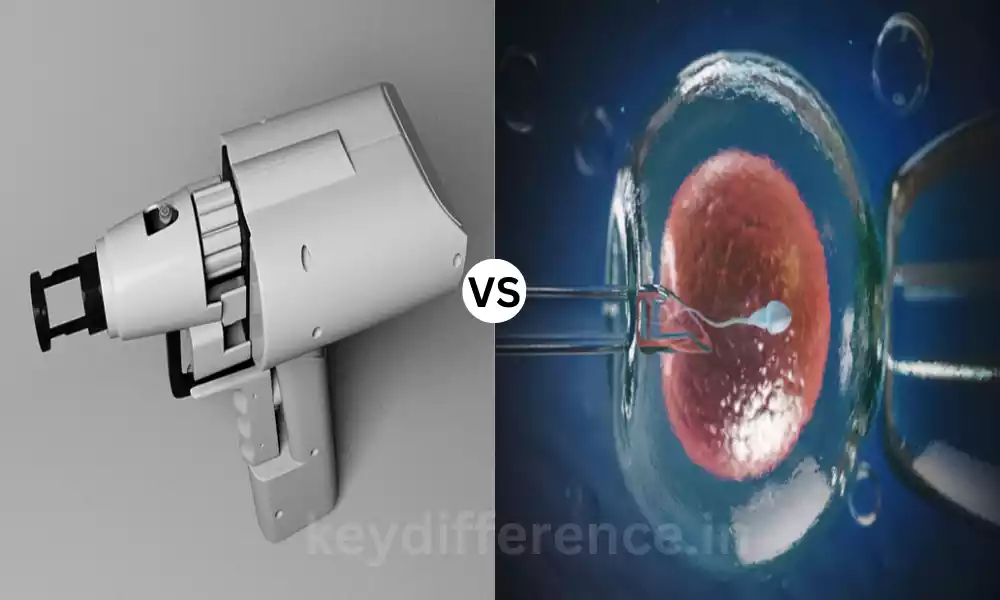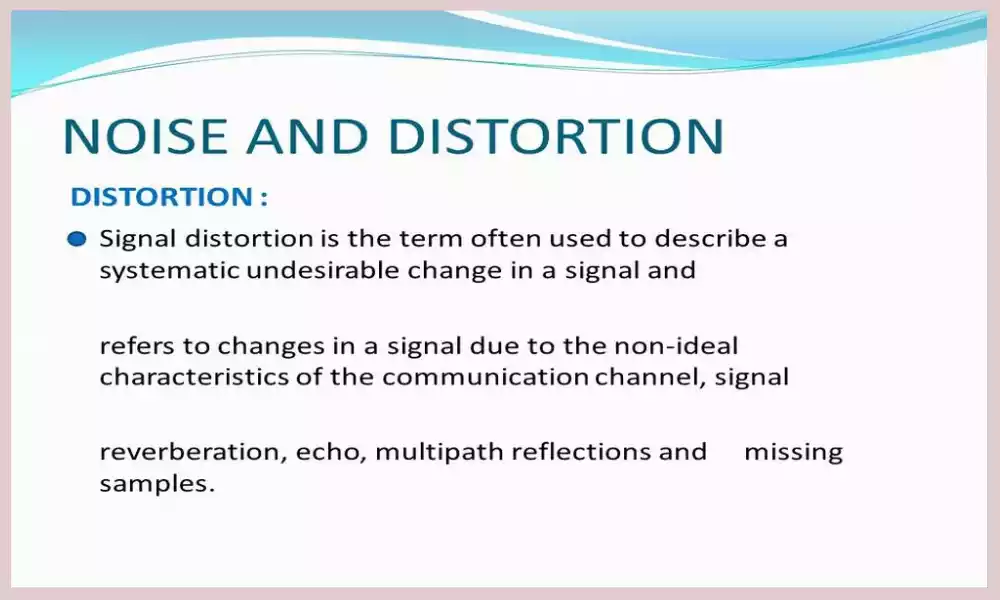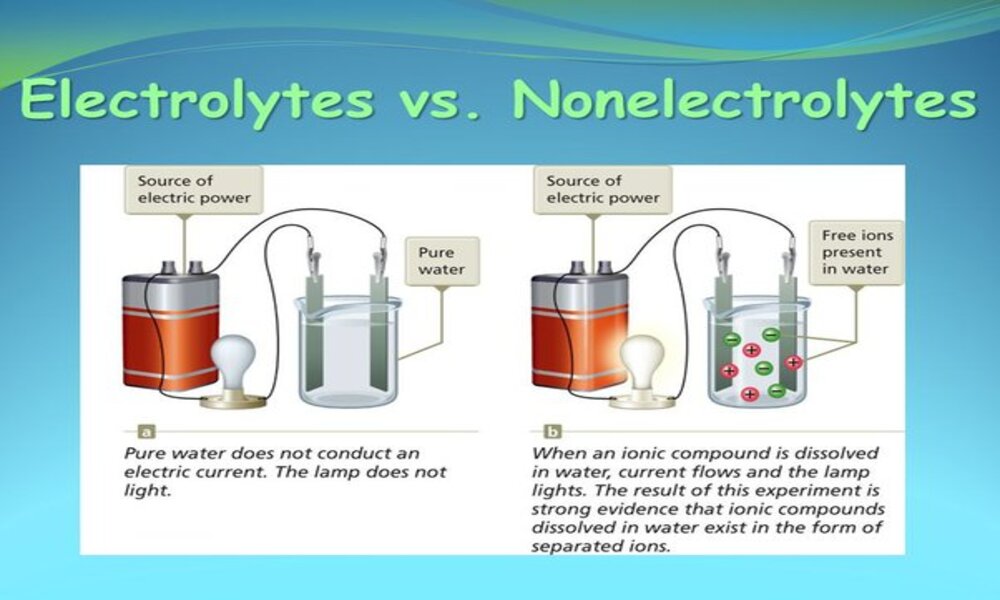When it comes to understanding electricity and energy consumption, two terms that are commonly encountered are kW and kWh. These terms are often used interchangeably, leading to confusion among many individuals. In this article, we will delve into the fundamental differences between kW and kWh, shedding light on their meanings, applications, and why it is crucial to know the distinction between the two.
What is kW?
In International Systems of Units terms, Kilowatt stands for KiloWatts or Watts as an energy transfer or conversion rate measurement unit. Watts or KiloWatts measure this rate. Kilowatt (kW), also referred to as one thousand Watts is often used to describe the electrical output or consumption of systems or devices.
An air Conditioner in your Home could have an Output rating of 3kW Which means it can Produce up to 3,000W while 60 Watt Lightbulbs, for instance, would make up 0.06kW Output.
Kilowatts can also be used to describe renewable energy sources like solar and wind power. Kilowatts are often employed when rating solar panels or wind turbines to illustrate how much electricity they produce under various circumstances.
What is kWh?
kWh stands for Kilowatt Hour in the International System of Units. Energy refers to any measurable ability that produces heat or work; typically measured in Joule units (J).
Kilowatt-hours measure how much power one-kilowatt device consumes when running continuously for one hour. If a 100W bulb is left on for 10 consecutive hours, its energy usage will amount to one kWh (0.1kW times 10 hours = 1 kWh).
kWh units are commonly used to measure how much electricity businesses and households consume over any given time, typically monthly or annually. Your utility bill will increase proportionately as more power is consumed – as will your bill!
kWh units can also be used to measure renewable sources like wind or solar power; solar panels and wind turbines often specify production in Kilowatt Hours as their rating to demonstrate how much power they produce over a set period.
Importance of understanding the difference between kW and kWh
Understanding the difference between kWh and kW for several reasons is of vital importance.
Knowledge of kWh versus kW will assist with managing energy usage more efficiently. Understanding which appliance or gadget consumes how much energy (kWh), can assist individuals and businesses alike to estimate energy costs more accurately as well as make informed decisions to lower consumption and save money.
Understanding kW for those interested in renewable energies such as wind or solar is vitally important since knowing the amount of power produced by specific wind turbines or solar panels helps determine their perfect system size.
Understanding the Difference Between kW (power) and kWh (kilowatts) Usage is vital to properly Manage your Electricity Costs. Utility companies usually charge on an hourly basis according to how many kilowatts have been consumed at any given moment – understanding this difference will allow you to more easily identify ways of saving money by cutting your usage down further.
Electrical safety demands an understanding of kW versus kWh. Being aware of power (kW), for instance, allows one to determine what size circuit breakers may be necessary to protect wiring from overheating and fire outbreaks. Meanwhile, knowing the energy used (kWh) by devices allows us to calculate how much storage may be necessary should an outage arise.
How kW is used to measure power
A Kilowatt (kW) measures the rate at which energy conversion or transfer occurs. In terms of electricity production or consumption, power measures this.The kW unit of measurement is used to indicate the output or consumption power of electrical systems or devices, such as air conditioners. A home air conditioner might have a maximum rating of 3kW which corresponds with producing 3,000 Watts at full output while light bulbs typically register 60-watt power output and 0.06kW consumption respectively.
Calculating power requires understanding both the voltage and current of an electrical system or device to accurately estimate its power output. Power can be easily determined by multiplying voltage (V), by current (I), measured in amps.
Next, multiply this result by an efficiency factor (PF) to adjust for any system inefficiencies incurred through any inefficiencies of system design; finally, multiply by 1000 which yields power (kilowatts). To find power in Kilowatts) simply follow these simple instructions:
Power (kW), defined as Voltage multiplied by Current multiplied by Power Factor / 1000 is determined from voltage multiplied by current multiplied by a power factor of 1000 or less.An electrical device utilizing 120 V and 10 A current with a power factor of 0.89 can be calculated as follows.
Power (kW), 120 V x 10A x 0.9/1,000 = 1.08kW.
The device consumes 1.08kW.
Examples of kW usage in everyday life
The kW unit of measure is used as a way to assess how much energy is being produced or consumed, here are some everyday examples of its application:
Many households: Many household appliances are measured in kilowatts (kW). An air conditioner typically consumes between 1-5 kW of energy while refrigerators typically range from 0.1-0.5kW. A microwave may feature between 0.82 to 1.5kW of power usage.
Electric Vehicles: Electric motors are Used to power electric Vehicles and their energy usage is Measured in kilowatts (kW). Electric vehicle motors may range anywhere between 50 kW to 300 kW depending on vehicle size and type.
Industrial Machinery: Power ratings on many industrial machines such as conveyor belts and pumps are measured in kW; this measures the amount of energy necessary to run them efficiently ranging anywhere from several KW up to hundreds of kW.
Renewable energy systems: Solar panels, Windmills, and other Renewable energy systems are Measured in Kilowatt-Hours to Indicate how much Energy they produce when Operating under specific Conditions. A typical home solar array might generate between 3-10 Kilowatt-Hours depending on its size and number of panels.
Electrical Distribution: When measuring the power capacities of transformers and powerlines used for electrical distribution systems – as well as distribution systems themselves – in terms of kWs is paramount to meet user demands without overloading or power outages.
What is the Difference between Kw and kWh?
Kw and kWh are units of measurement used to quantify electricity, but they represent different aspects of electrical energy.
- kW (Kilowatt): kW stands for kilowatt and is a unit of power. Power is the rate at which energy is used or generated. One kilowatt (kW) is equal to 1,000 watts. It is commonly used to measure the power output of electrical devices, such as motors, heaters, or air conditioners. For instance, if you have a 2 kW electric heater, it means the heater consumes 2 kilowatts of power when it is operating.
- kWh (Kilowatt-hour): kWh stands for kilowatt-hour and is a unit of energy. Energy is the total amount of work done or consumed over time. One kilowatt-hour (kWh) is the amount of energy consumed or produced when a device with a power rating of one kilowatt (1 kW) operates for one hour. It is commonly used to measure electricity consumption in homes and businesses. For example, if you use a 1 kW appliance for one hour, you will have consumed 1 kWh of energy.
KW is a unit of power, measuring the rate of energy consumption or generation, while kWh is a unit of energy, representing the actual amount of energy consumed or produced over time. To calculate the energy consumption of an appliance, you can multiply its power rating in kilowatts (kW) by the number of hours it operates, which will give you the energy usage in kilowatt-hours (kWh).
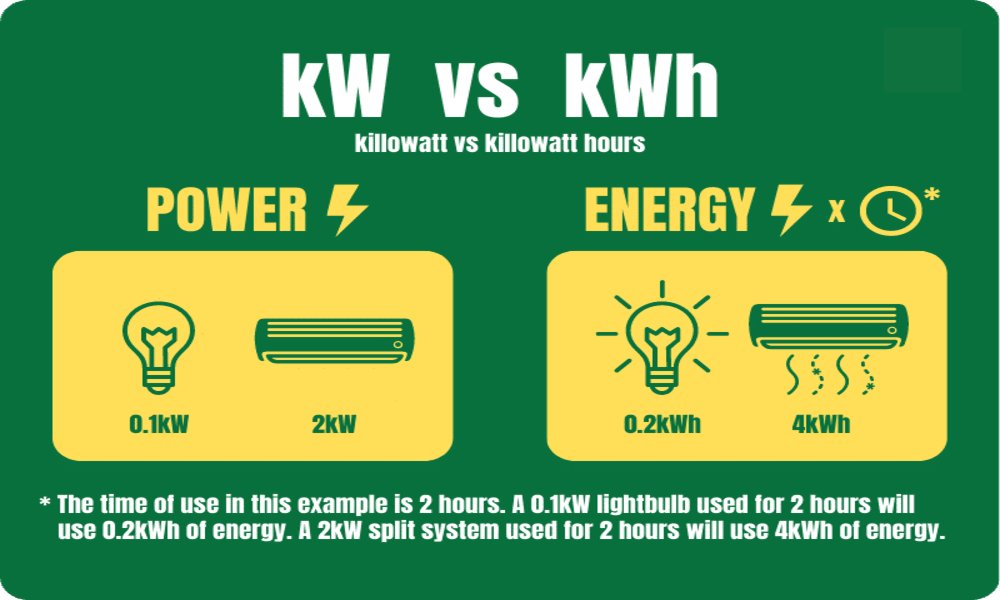
Conclusion
Understanding the difference between kW and kWh is vitally important for anyone working with energy production or consumption.A kWh unit measures consumption or production at an instantaneous rate while the former measures it over time – this allows individuals to make better decisions regarding energy conservation as well as understand their energy bills more fully.

